Comedogenicity of oils: what is it and how to define it?
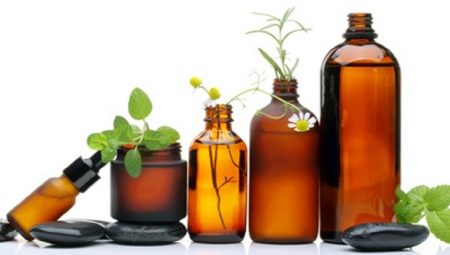
Recently, many women prefer to use a variety of oils as skin care products. And this is not surprising, because this cosmetic product is distinguished not only by its natural origin, it carefully cares for the dermis, regardless of its type. Choosing a certain oil for cosmetic procedures for the face, it is necessary to take into account the comedogenicity of this drug. Let's take a closer look at this indicator, and also figure out which oils are comedogenic and non-comedogenic.
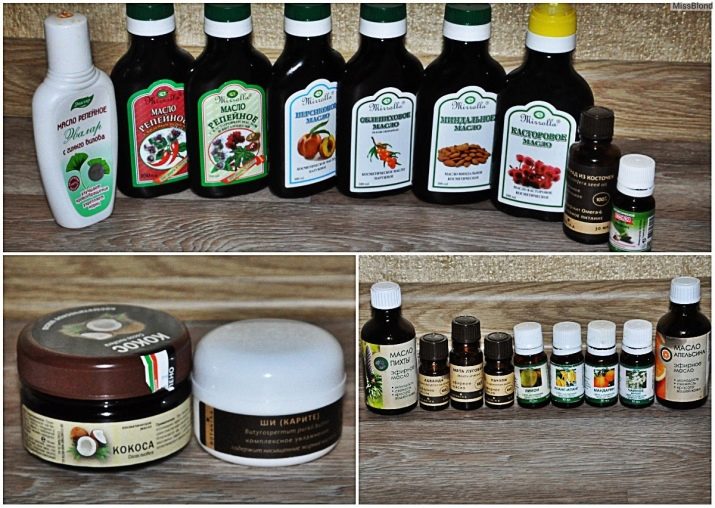
Comedogenicity concept
The use of such terminology in relation to oil products came from the word "comedone", which denotes black dots that worsen the complexion, and also negatively affect the appearance of the dermis. In some situations, if a young lady does not properly care for the skin of her face, they can provoke the formation of acne and blackheads.
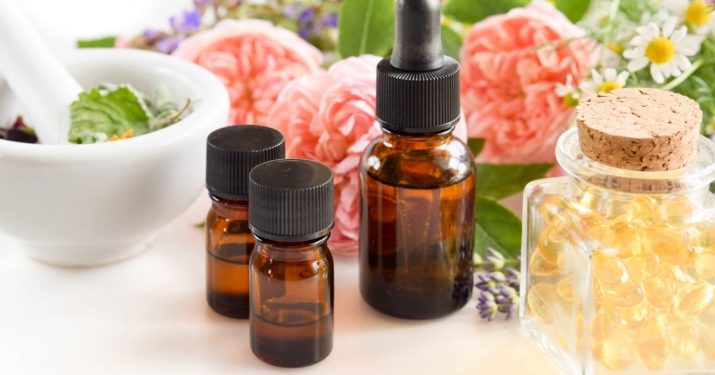
Unfortunately, comedones can appear in adolescence as well as later in life.
To understand what the comedogenicity of oils is, you need to remember the basics of the school course in anatomy. Each hair, no matter where it appears, develops in a special depression on the surface of the epidermis. Such a depression is also called a follicle.
In order for the hair to develop and grow, it is lubricated with subcutaneous fat, which is produced by the sebaceous glands. If the duct is blocked, then a comedone appears in this place. When creating a favorable environment for bacteria to grow, the comedogenic area can become inflamed and a pimple may form.

If the cosmetic oil for the face was not selected correctly, it can also provoke a blockage of the ducts. Fortunately, not all oily products have the ability to clog pores.

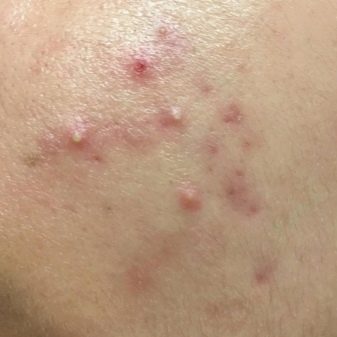
Many of them, on the contrary, are characterized by a healing effect and allow you to care for oily or problematic dermis.
The comedogenicity of various oils is assessed on a five-point scale:
- 0 - indicates that the oil product belongs to non-comedogenic variants and is not able to clog pores;
- 1 - such a product is characterized by a low degree of comedogenicity;
- 2 - this oil is characterized by moderately low comedogenicity;

- 3 - oil products are moderately comedogenic;
- 4 - this figure is obtained by oils with a sufficiently high comedogenicity limit;
- 5 - the maximum value belongs to oil products, which are very comedogenic options.
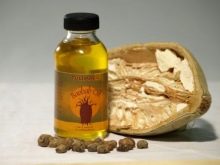
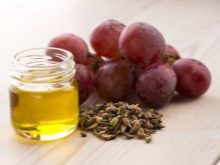

Degree
Zero and low
As mentioned above, non-comedogenic oils include those oil products in which a similar indicator is 0 or 1. They differ in a liquid consistency, spread well and are distributed over the surface of the skin. Non-comedogenic oils are also characterized by their lightness and can be used by the fair sex, who have not only oily or problematic, but also dry or normal skin.
Consider a list of face oils that belong to non-comedogenic products.
| Oil name | Comedogenicity indicator |
| Shi | 0 |
| Safflower | 0 |
| Refined sunflower oil | 0 |
| Mango | 0 |
| Made from hemp | 0 |
| Arganovoye | 0 |
| Derived from rose hips | 1 |
| Made from black cumin | 1 |
| From sea buckthorn | 1 |
| From sesame seeds | 1 |
| Castor | 1 |
| Extraction from pomegranate seeds | 1 |
| Unrefined sunflower oil | 1 |
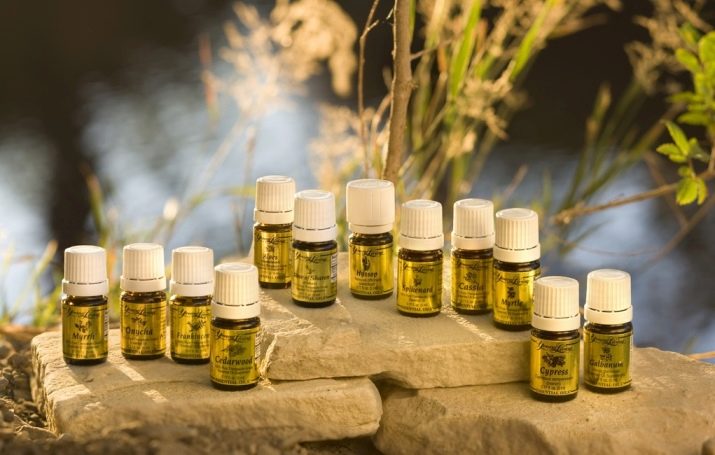
Oil products with a zero degree of comedogenicity do not have the ability to clog pores, on the contrary, they are used as effective means to clean them. Oil products, characterized by the first degree of comedogenicity, can be safely applied even to areas of the skin affected by acne.
Moderate
These oily products can act in different ways, so it is difficult to predict what effect you can achieve if you use them on a face with oily skin. You can only find out the result with a little experiment. It is necessary to apply this product to a small area of the dermis and check its effect.
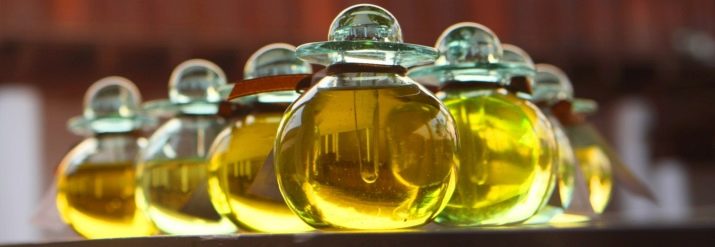
If the skin does not turn red and inflamed, then you can safely include such oils in the composition of cosmetic preparations for the care of the dermis of the face and décolleté.
Let's take a closer look at the table of foods with moderate and low comedogenicity.
| Oil name | Comedogenicity indicator |
| Pumpkin | 2 |
| Tamanu | 2 |
| Sandalwood | 2 |
| Peach pits | 2 |
| From almond kernels | 2 |
| Avocado seed | 2 |
| Hazelnut | 2 |
| Grape | 2 |
| From peanuts | 2 |
| Apricot pits | 2 |
| Cotton | 3 |
| From soy | 3 |
| From olives | 3 |
| From macadamia | 3 |
| Unrefined from sesame seeds | 3 |
| Corn | 3 |
Oily products, characterized by a 2 degree comedogenicity, can be easily used by women who have normal to dry dermis. They will perfectly moisturize and restore the skin. It is also recommended to apply preparations based on such oils to get rid of the scars that have arisen as a result of fighting acne.
Oily products with 3 degrees of comedogenicity can be applied by the fair sex, who have a very dry type of skin. They can also be used on areas of the dermis that are not prone to comedones. These are the eyelids, elbows, knees and heels.

High
These oils should not be used by women with oily or problem skin. Young ladies with this type of skin should avoid applying cosmetics on their face that contain such oils.Even a small fraction of these ingredients can cause serious damage to the skin.
Consider a list of highly comedogenic oils.
| Oil name | Comedogenicity indicator |
| From the fruit of the coconut | 4 |
| From cocoa fruits | 4 |
| From flax seeds | 4 |
| Palm | 4 |
| Wheat germ | 5 |

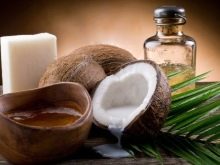

Oil products, characterized by a 4 degree comedogenicity, activate the work of the sebaceous glands. They prevent the dermis from "breathing" by clogging and clogging the pores. The best way to use these oils is on areas of the body that are characterized by an increased degree of dryness. They are often used to get rid of dry and brittle hair ends. Many people also use them orally as the main ingredient in alternative medicine to combat various diseases.
Despite the fact that the oil obtained from wheat germ is a very useful product, it must be added to cosmetic preparations with extreme caution, observing the minimum dosage. It is recommended to apply it only to those areas of the skin that are not prone to comedones.
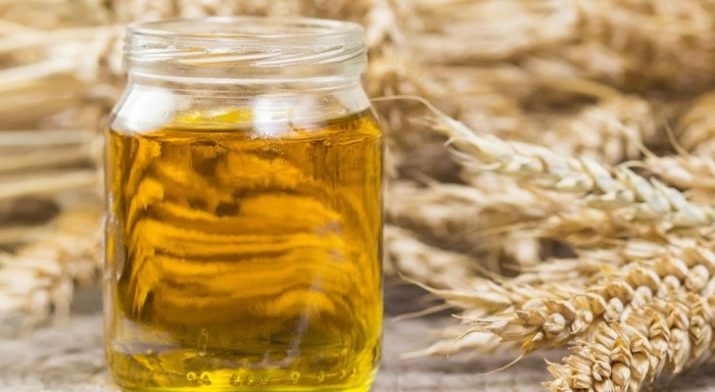
Beneficial features
Despite the fact that some oils belong to the pore-clogging category, they have many beneficial properties and are very often used in various cosmetic preparations.
The most popular oils include the following options.
- Oil derived from almond kernels. It contains such fatty acids as oleic and linoleic. Thanks to these components, the skin is moisturized and regenerated. The structure of almond oil also contains vitamins of groups A, B and E, which help to overcome age-related changes in the dermis, do an excellent job with flaking and help get rid of inflamed areas on the skin.
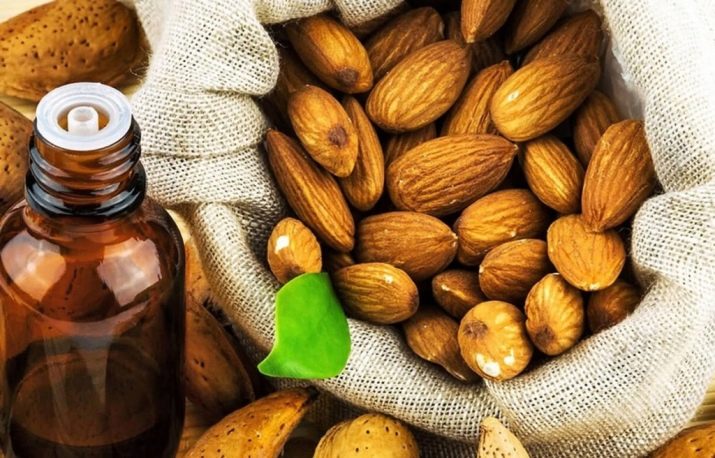
- Avocado seed oil. A small amount can even be applied to acne-prone skin areas. It helps to perfectly moisturize the dermis.
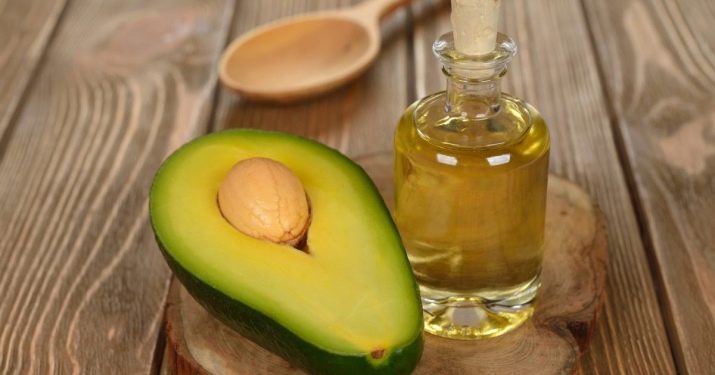
Thanks to the contained retinol, it helps to cope with inflammatory processes on the face.
- Coconut oil, is rich in hyaluronic acid, therefore it is used at the first signs of wilting of dry dermis. It makes the skin more elastic, restoring youth. The beneficial components that make up this oil are able to get into the deepest layers of the epidermis, moisturizing and nourishing it.

- Palm oil recommended for use by young ladies with very dry skin type. It helps to cope not only with inflammatory processes, but also get rid of areas where the skin is highly flaky.
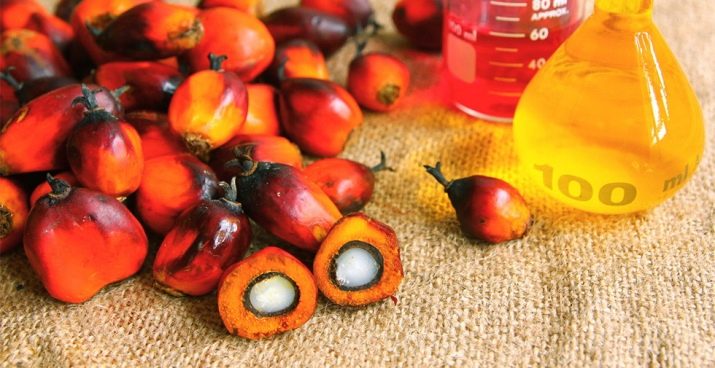
The peach seed oil can be applied to combination skin. It allows you to cope with flaking, and also protects against premature appearance of wrinkles. Thanks to the essential components it contains, it has an antiseptic and anti-inflammatory effect.
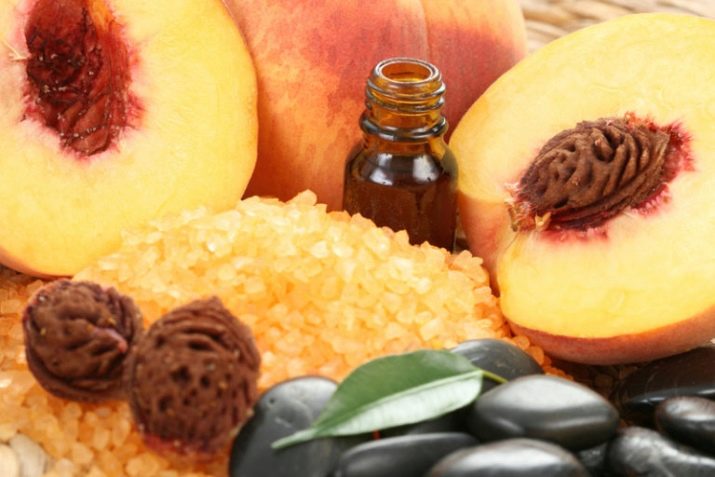
As you can see, knowing the degree of comedogenicity of the oil helps you choose the best option for any skin type.
How to choose the oil for your skin type, see the video below.








